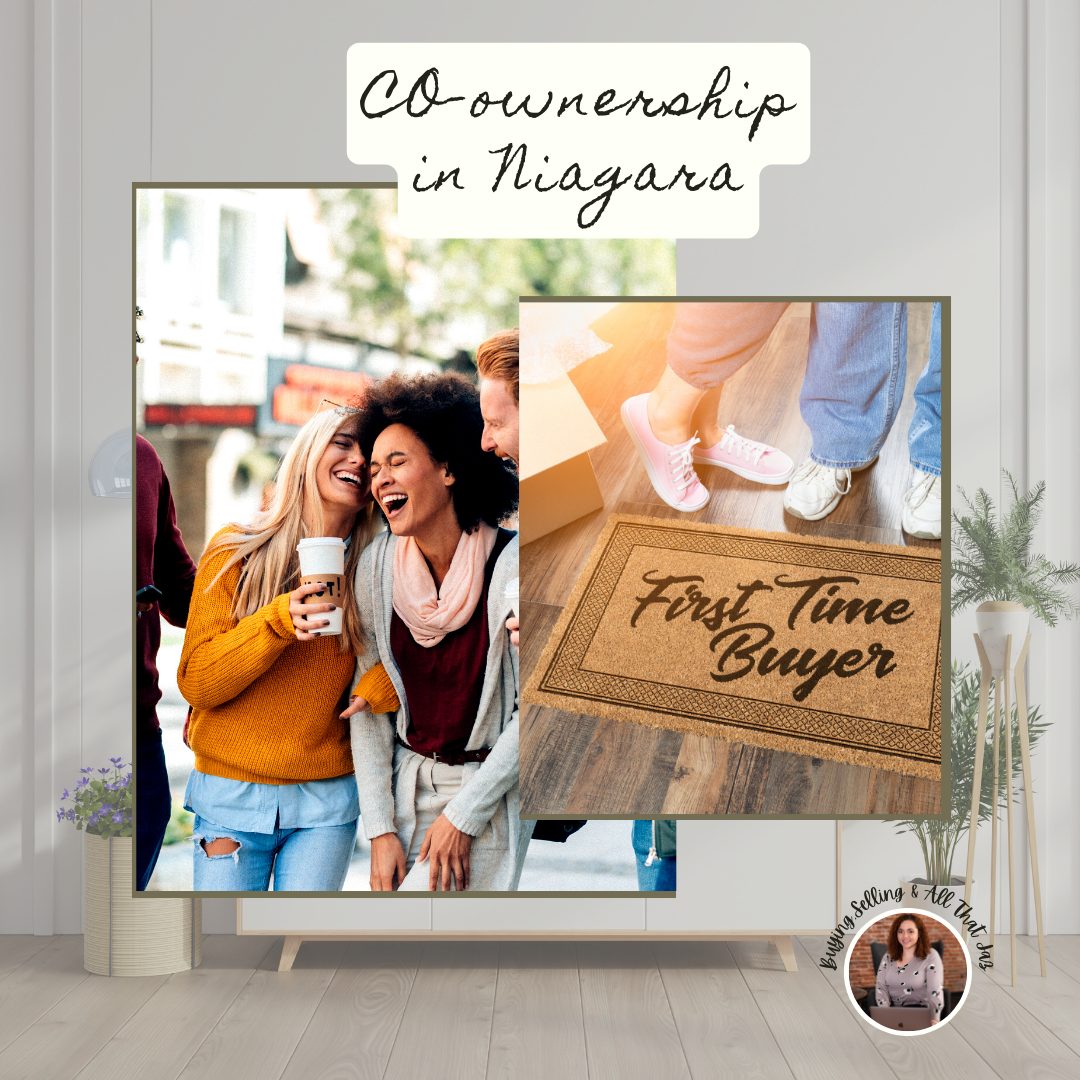Co-ownership is not a new trend. Urban areas like Toronto, B.C and parts of the U.S like San Francisco have already begun to use co-ownership to help combat a market where home prices are just out of reach. The Niagara region is seeing prices on homes climber higher than before making the prospect of home ownership seem overwhelming to local residents. Co-ownership could very well be the solution to breaking into the market and building equity in order to make the purchase of your dream home in the future more tangible.
What is Co-Ownership?
Co-ownership is an arrangement in which two of more people purchase a home as a primary residents and live together by way of a legally well-defined co-ownership agreement. The concept makes way for greater affordability and choice, as well as access to more neighbourhoods. A co-ownership agreement gives each party clear, shared responsibilities and rights, protects against any disputes as well as outlining the mortgage, tax and insurance payments, time and financial commitments required. The contract also goes over rules for misconduct, any breach of contract, negligence or misuse of money and dispute resolution, plus much more.
The agreement truly is comprehensive allowing each person involve protection and accountability to make such the agreement work as smoothly as possible. With Co-ownership you are able to break into the housing market now and build equity over time to be able to put towards a home independently.
What Does Co-Ownership Look Like?
Co-ownership lends itself to flexibility of available housing. Living together can take the form of a single-family home with a shared kitchen and living room, and then bedrooms for each co-owner. It could be two or more separate suites, such an existing legal duplex or triplex. Alternatively, a home with an accessory apartment could also qualify for this agreement.
For more information, https://www.ontario.ca/document/co-owning-home/co-ownership-arrangements

 Facebook
Facebook
 X
X
 Pinterest
Pinterest
 Copy Link
Copy Link

